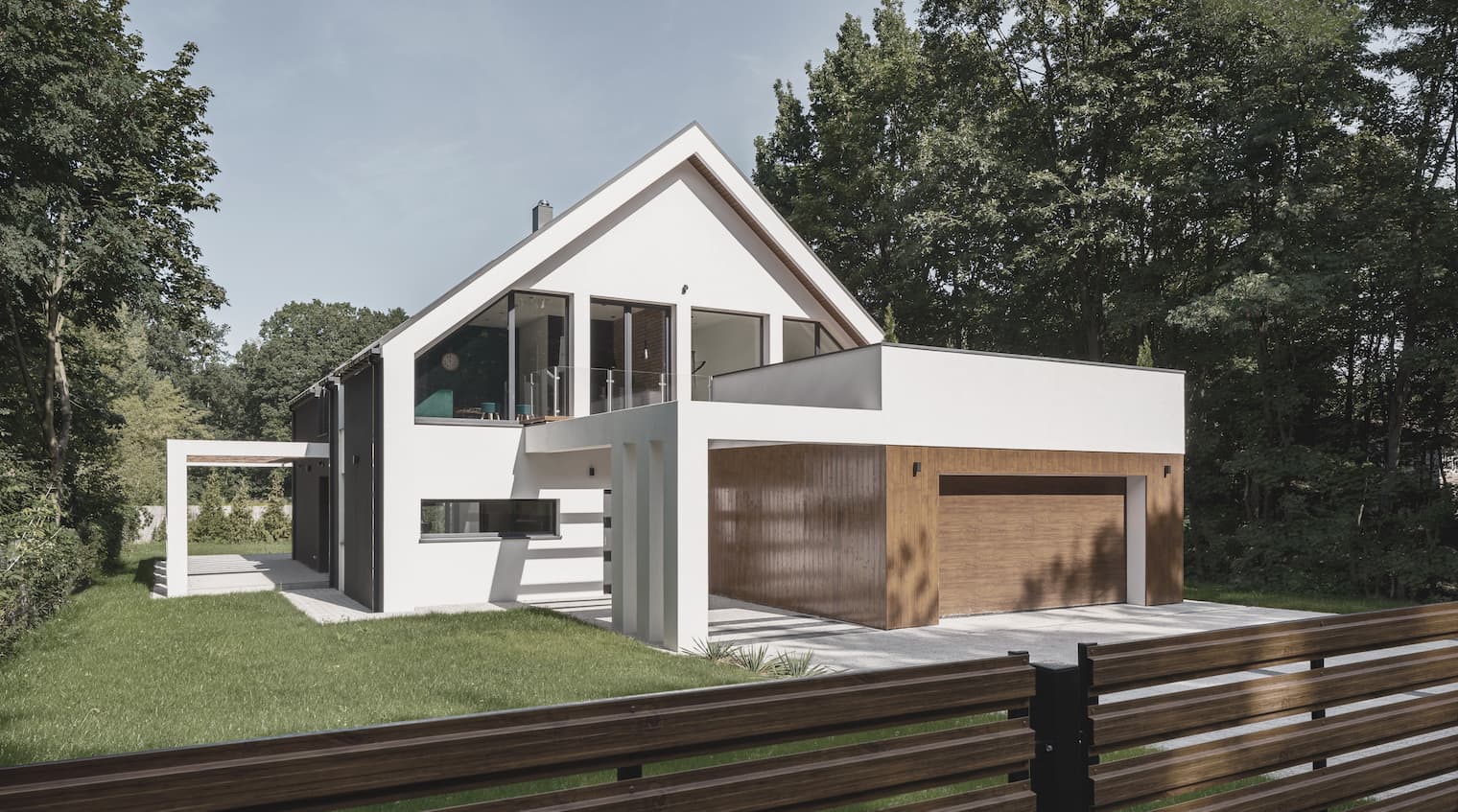We’re all about transparency. These are the reasons why our cookies are good for you.
- Show website with the correct country and language settings
- Improved experience by showing you relevant information quicker
- Show you advertising you might be interested in
Don’t worry, you can always change your mind by clicking on “Privacy Settings” at the bottom of any page. You can find all the details in our privacy statement.




